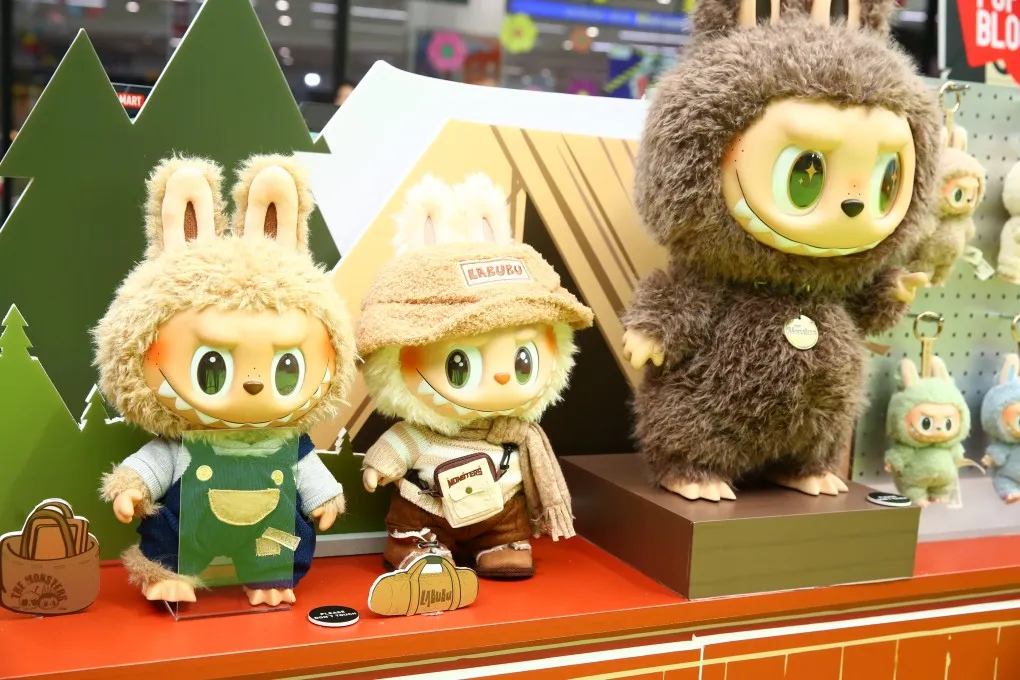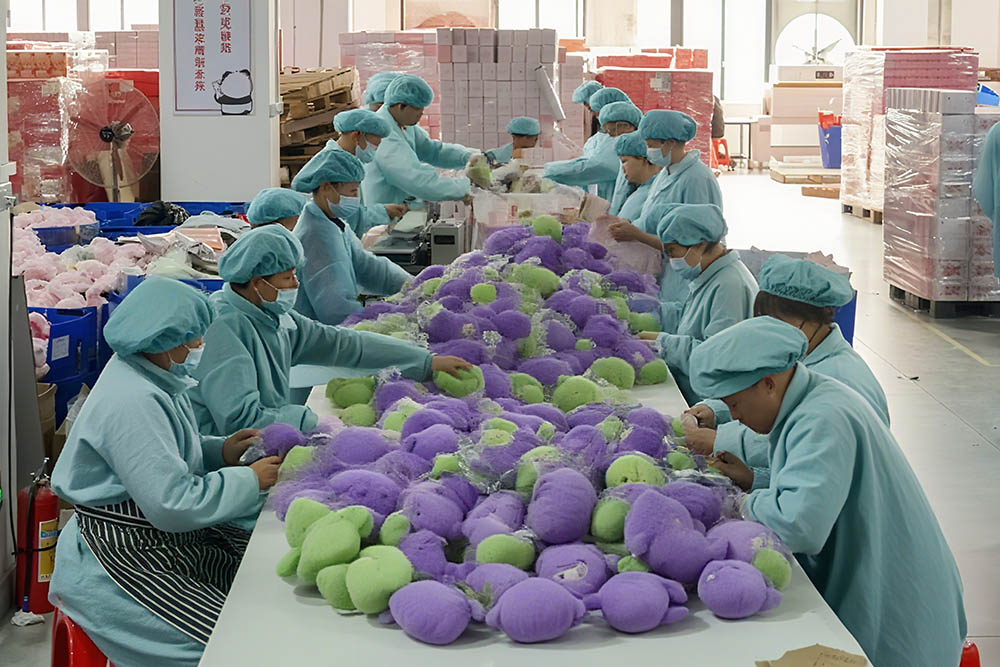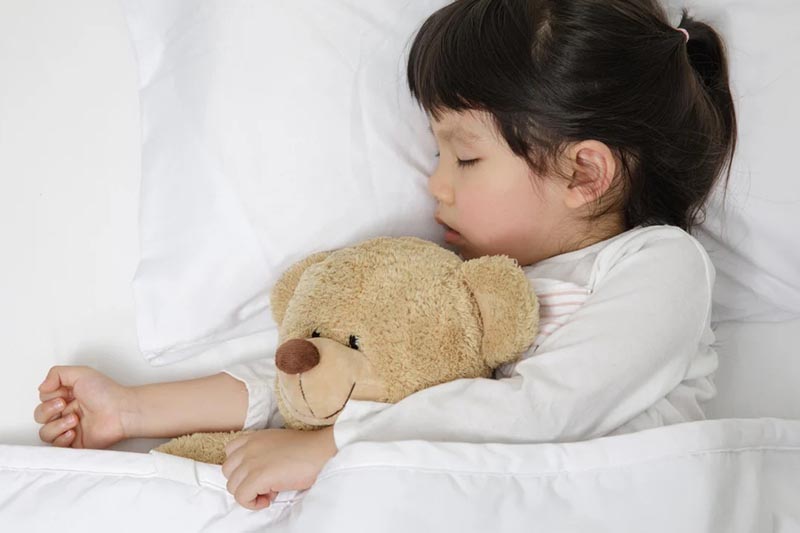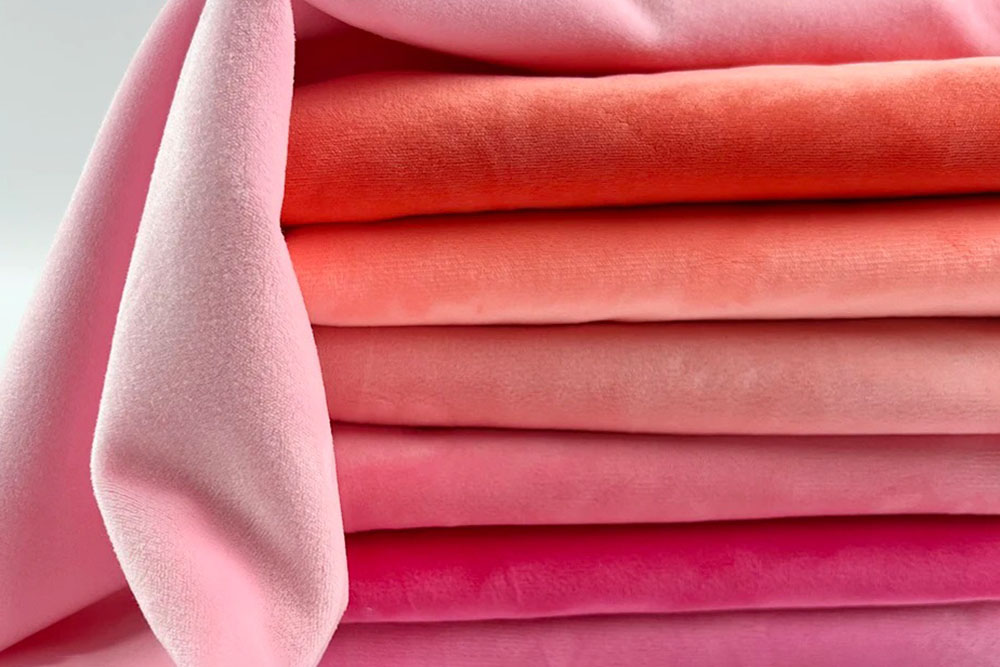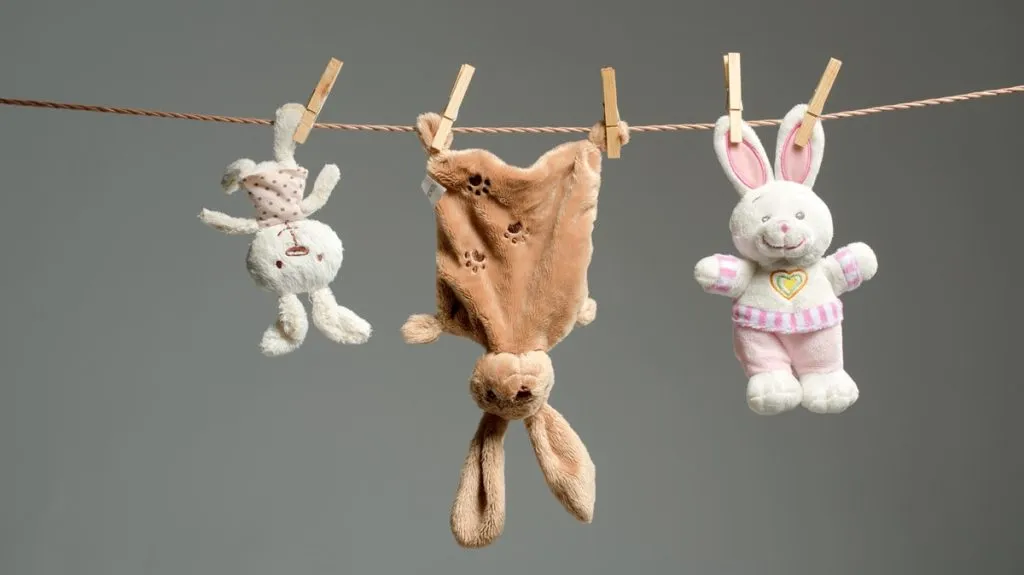Plushies are more than just toys. They are emotional companions, gift items, and branding tools that connect with customers of all ages. Behind every plushie is a careful material choice that defines how soft it feels, how safe it is, and how well it performs in the market. For businesses sourcing plush toys, understanding what plushies are made of is the first step toward building reliable and profitable product lines.
1. What Materials Are Commonly Used to Make Plushies?

When we talk about plushies, the first thing people notice is the fabric. The outer fabric creates the first impression and decides if a customer feels the toy is soft, safe, or attractive. Manufacturers commonly use polyester plush, velboa, minky, faux fur, or natural cotton, depending on the product’s purpose and market.
Polyester plush remains the most common option. It is durable, affordable, and versatile, making it suitable for mass production and promotional toys. Velboa and minky fabrics are especially valued for infant plushies due to their ultra-soft and short fibers, which are safer for babies. Faux fur is chosen when a realistic or premium appearance is needed, such as collector’s items or licensed characters. Eco-conscious buyers increasingly turn to organic cotton or RPET (recycled polyester) to meet sustainability goals.
For buyers, choosing the right fabric is more than a production decision. A soft, skin-friendly texture builds parent trust, while durable fabrics reduce product returns. By aligning material choice with customer expectations, businesses can create plushies that are both marketable and profitable.
| Material Type | Key Feature | Best Use Case |
| Polyester Plush | Durable, cost-effective, versatile | Mass-market plushies, promotions, character toys |
| Velboa/Minky | Ultra-soft, safe for infants | Baby plushies, infant-safe toys |
| Faux Fur | Lifelike, premium look | Collector’s items, branded plushies |
| Organic Cotton | Natural, eco-friendly, breathable | Eco-conscious buyers, premium gift markets |
| RPET Polyester | Sustainable, recycled material | Green brands, promotional markets |
2. How Do Different Fabrics Affect Plushie Texture and Durability?

Not all plushies feel the same in the hands of a customer. The type of fabric used has a direct impact on texture, durability, and long-term performance. While some fabrics are designed for softness, others are built to last under frequent handling and washing.
Soft-touch fabrics like minky and velboa create emotional value. These are ideal for baby products, gift markets, and comfort plushies, where first impressions and touch sensitivity matter most. They are less durable than polyester plush but win buyers with unmatched softness. Durable fabrics like standard polyester plush are made for long-term use. They resist wear and tear, making them suitable for promotional giveaways, retail plushies, or everyday children’s toys. Faux fur is more fragile but offers a high-end look that appeals to collectors.
Businesses sourcing plushies must balance between softness and durability based on customer needs. Retail buyers targeting parents will prioritize texture, while promotional companies might focus on resilience and cost control. By evaluating the trade-off, buyers can position their products more effectively.
| Fabric Type | Texture Impact | Durability Level | Market Application |
| Velboa/Minky | Ultra-soft, delicate feel | Medium | Baby toys, comfort plushies |
| Polyester Plush | Smooth, balanced softness | High | Mass-market toys, promotions |
| Faux Fur | Lifelike, fluffy | Medium-Low | Collectibles, character plushies |
| Cotton Fabrics | Natural, breathable | Medium | Eco-markets, premium toys |
The right combination of texture and durability ensures that a plushie matches both consumer expectations and market goals, reducing risks and improving brand trust.
3. What Types of Stuffing Materials Are Used Inside Plushies?

The outer fabric gives a plushie its look, but the inside stuffing defines its shape, firmness, and comfort. The stuffing material plays a critical role in how customers experience the toy over time. Manufacturers use different fillings depending on design, safety, and cost.
The most common stuffing is polyester fiberfill. It is lightweight, hypoallergenic, and easy to shape, making it suitable for most plushies. For firmer designs, some manufacturers mix fiberfill with cotton or foam particles. High-end plushies sometimes use microbeads or memory foam for unique textures. In eco-friendly lines, recycled polyester fiber (RPET fiber) or organic cotton filling is growing in demand.
Stuffing also influences safety. Loose beads, for example, are not recommended for infant toys unless they are fully sealed and tested under ASTM or CE standards. Buyers must evaluate both comfort and compliance when choosing stuffing materials.
| Stuffing Material | Key Feature | Application |
| Polyester Fiberfill | Soft, lightweight, cost-effective | Most plushies, mass-market products |
| Cotton/Blended Fill | Firm, natural feel | Premium plushies, eco-conscious buyers |
| Microbeads | Unique texture, flexible | Specialty toys, collectibles |
| Memory Foam | Shape-retaining, high comfort | Premium plush lines |
| RPET Fiber | Recycled, sustainable | Eco-friendly plushies, green brands |
By choosing the right stuffing, businesses can enhance both comfort and safety, while aligning products with target markets.
4. How Do Safety Standards Influence Material Selection for Plushies?

Safety is the most important factor when sourcing plush toys. Buyers know that no matter how soft or cute a plushie looks, it must pass strict international safety standards before entering markets like the USA, Europe, or Japan. Materials play a central role in compliance.
Fabrics must be non-toxic and colorfast. This prevents harmful chemicals from reaching children and ensures plushies do not fade easily after washing. Stuffing must be flame-retardant and hypoallergenic. For infants, short-pile fabrics like velboa are preferred to prevent fiber ingestion. All materials must be tested under certifications like CE (Europe), ASTM F963 (USA), or EN71.
For businesses, meeting these standards is not just a regulatory requirement—it is a market advantage. Buyers that can guarantee safety attract more trust from parents and retailers. At Kinwin, for example, all fabrics and fillings are pre-tested before production, ensuring smooth certification for international buyers.
| Standard | Requirement Focus | Regions Applied |
| ASTM F963 | Mechanical & chemical safety | USA |
| EN71 | Flammability, chemical safety | Europe |
| CE Certification | General safety compliance | EU market |
| CPSIA | Lead & phthalate limits | USA |
| ISO 8124 | Global toy safety standards | International markets |
Choosing compliant materials from the start reduces delays, avoids recalls, and ensures a smoother entry into regulated markets.
5. What Sustainable and Eco-Friendly Materials Are Emerging in Plushie Production?

Sustainability is no longer a niche demand—it is becoming mainstream in global sourcing. Buyers increasingly ask manufacturers about eco-friendly options, both for fabrics and stuffing. Material innovation is reshaping the plushie industry.
Recycled polyester (RPET) is one of the fastest-growing materials. It is made from recycled plastic bottles and offers the same softness as virgin polyester. Many international brands now use RPET plush fabrics and fiberfill to meet environmental commitments. Organic cotton is another strong choice for eco-conscious buyers, offering natural breathability and safe skin contact.
Some manufacturers are also testing plant-based stuffing, such as corn fiber or bamboo fiber. Although still less common, these materials appeal to niche green markets. While eco-options may cost more, they bring added value in branding, consumer trust, and alignment with retailer sustainability policies.
| Eco Material | Key Benefit | Target Buyers |
| RPET Polyester | Recycled, sustainable, affordable | Mass-market green product lines |
| Organic Cotton | Natural, chemical-free | Premium eco brands, baby markets |
| Bamboo Fiber | Antibacterial, plant-based | Niche eco-conscious buyers |
| Corn Fiber | Renewable, biodegradable | Specialty green products |
By adopting eco-materials, businesses can attract new segments of customers, differentiate themselves in crowded markets, and future-proof their plush toy offerings.
6. How Do Material Choices Impact the Quality and Market Value of Plushies?

Every material decision influences not only how a plushie looks and feels, but also how it is valued in the market. Buyers must consider material strategy as part of their overall sourcing plan.
High-quality fabrics and fillings increase brand reputation. Plushies made with durable polyester plush or premium faux fur sell at higher price points and attract repeat customers. Soft-touch velboa or minky builds emotional appeal, making them ideal for gift markets. Eco-friendly materials like RPET and organic cotton add branding value by aligning with sustainability trends.
For businesses, material cost is also part of market positioning. Using budget-friendly polyester plush supports competitive pricing for large retailers, while high-end materials target premium gift and collectible markets. The right balance helps achieve both profitability and long-term customer loyalty.
| Market Position | Material Choice | Value Outcome |
| Mass-Market | Polyester Plush, Fiberfill | Cost control, wide distribution |
| Baby/Children’s Toys | Velboa, Minky, Organic Cotton | Safety trust, parent confidence |
| Collectible/Brand | Faux Fur, Specialty Fillings | Premium look, higher retail price |
| Eco-Market | RPET, Organic Fabrics, Corn Fiber | Sustainable branding, niche appeal |
Material selection is not just about product performance. It defines how buyers can position, price, and promote plush toys across different customer groups.
The materials used in plushies decide their softness, durability, safety, and market value. By understanding fabrics, fillings, and sustainability trends, you can make smarter sourcing choices. At Kinwin, we provide certified, customizable, and eco-friendly plush toy solutions that help you reduce risks and strengthen your product line. If you are planning your next plush toy project, reach out to us today and discover how we can turn your ideas into safe, market-ready plushies.



